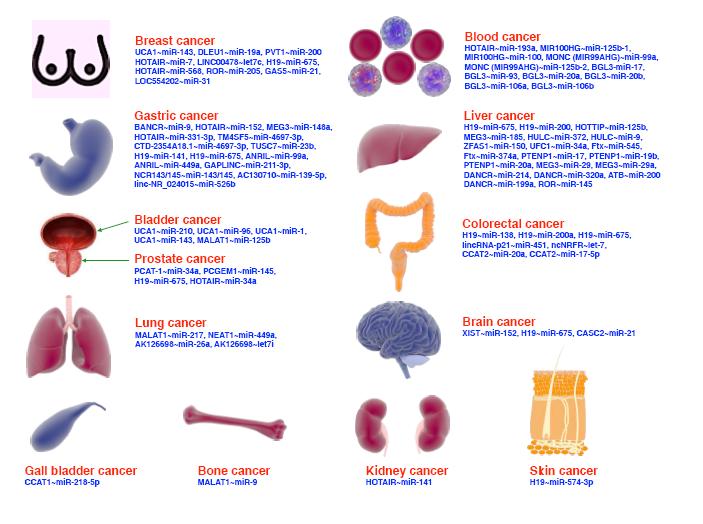| 1. |
胡浩良, 王欣, 陈宏, 等. 吻合浅静脉的游离前臂骨间后动脉穿支皮瓣修复手背皮肤缺损. 中华显微外科杂志, 2012, 35(3): 224-225.
|
| 2. |
王欣, 潘佳栋, 陈宏, 等. 骨间后动脉近端穿支皮瓣游离移植修复手部软组织缺损. 中华整形外科杂志, 2012, 28(2): 83-87.
|
| 3. |
González Martínez J, Torres Pérez A, Gijón Vega M, et al. Preoperative vascular planning of free flaps: comparative study of computed tomographic angiography, color Doppler ultrasonography, and hand-held Doppler. Plast Reconstr Surg, 2020, 146(2): 227-237.
|
| 4. |
Dnäis DVI, Borivoj G, David B, et al. Preoperative planning using virtual reality and computed tomography angiogram in deep inferior epigastric perforator flap breast reconstruction. J Plast Reconstr Aesthet Surg, 2023, 87: 161-169.
|
| 5. |
Katharina F, Armin S, Ingo L, et al. Improving the safety of DIEP flap transplantation: detailed perforator anatomy study using preoperative CTA. J Pers Med, 2022, 12(5): 701. doi: 10.3390/jpm12050701.
|
| 6. |
Tabrez S, Frederic P, Alain R, et al. Best choice of perforator vessel in autologous breast reconstruction: Virtual reality navigation vs radiologist analysis. A prospective study. J Plast Surg Hand Surg, 2015, 49(6): 333-338.
|
| 7. |
Fisnik J, Pranvera I, Elias J, et al. Atherosclerotic calcification detection: a comparative study of carotid ultrasound and cone beam CT. Int J Mol Sci, 2015, 16(8): 19978-19988.
|
| 8. |
Bajus A, Streit L, Kubek T, et al. Color Doppler ultrasound versus CT angiography for diep flap planning: a randomized controlled trial. J Plast Reconstr Aesthet Surg, 2023, 86: 48-57.
|
| 9. |
何少波, 刘继超, 李伍建, 等. 增强现实技术在胫后动脉穿支皮瓣修复下肢软组织缺损中的应用. 中国修复重建外科杂志, 2023, 37(2): 185-188.
|
| 10. |
Faulx MD, Wright AT, Hoit BD. Detection of endothelial dysfunction with brachial artery ultrasound scanning. Am Heart J, 2003, 145(6): 943-51.
|
| 11. |
van Heumen S, Riksen JJM, Bramer WM, et al. Imaging of the lymphatic vessels for surgical planning: A systematic review. Ann Surg Oncol, 2023, 30(1): 462-479.
|
| 12. |
Hayashi A, Hayashi N, Yoshimatsu H, et al. Effective and efficient lymphaticovenular anastomosis using preoperative ultrasound detection technique of lymphatic vessels in lower extremity lymphedema. J Surg Oncol, 2018, 117(2): 290-298.
|
| 13. |
Su W, Lu L, Lazzeri D, et al. Contrast-enhanced ultrasound combined with three-dimensional reconstruction in preoperative perforator flap planning. Plast Reconstr Surg, 2013, 131(1): 80-93.
|
| 14. |
肖栋超, 竺枫, 李俊杰, 等. 不同位置动脉超灌注与静脉超引流对大鼠三跨区皮瓣成活的影响. 现代实用医学, 2022, 34(7): 849-852.
|
| 15. |
Chim H, Sullivan B. The use of conventional lower-frequency color Doppler ultrasound for flap planning in the lower extremity. Ann Plast Surg, 2023, 90(6S Suppl 4): S403-S407.
|
| 16. |
Bajus A, Kubek T, Dražan L, et al. Surgeon-conducted color Doppler ultrasound deep inferior epigastric artery perforator mapping: A cohort study and learning curve assessment. J Plast Reconstr Aesthet Surg, 2023, 76: 105-112.
|
| 17. |
赵书明, 刘娜, 刘学亮, 等. 彩色多普勒超声辅助下超薄胸背动脉穿支皮瓣的切取方案及临床应用效果. 中华烧伤与创面修复杂志, 2024, 40(3): 281-288.
|
| 18. |
Chim H. Perforator mapping and clinical experience with the superthin profunda artery perforator flap for reconstruction in the upper and lower extremities. J Plast Reconstr Aesthet Surg, 2023, 81: 60-67.
|

 1/5
1/5
